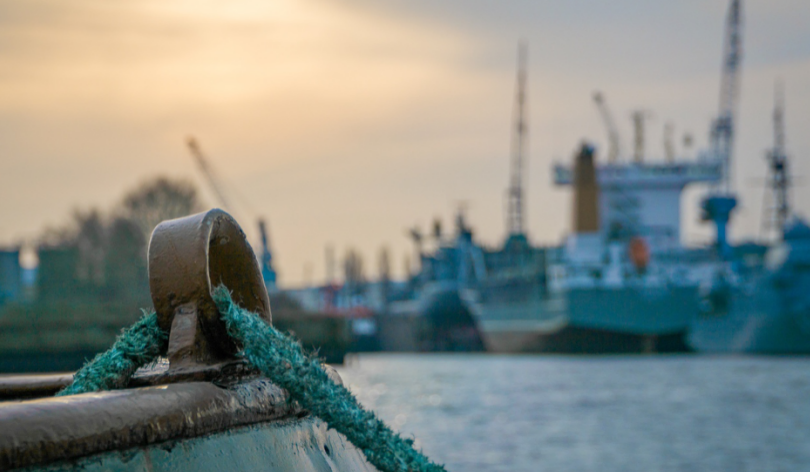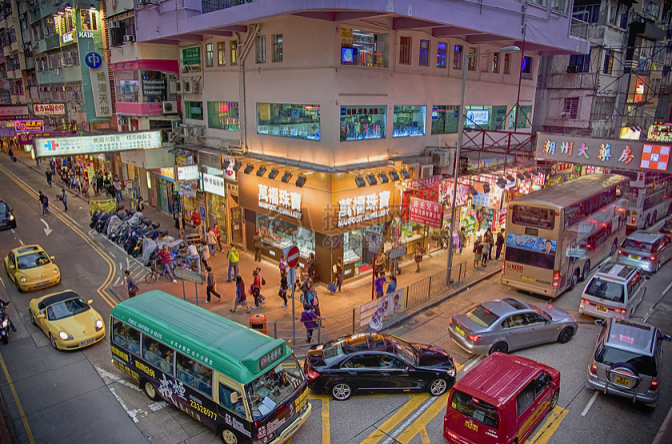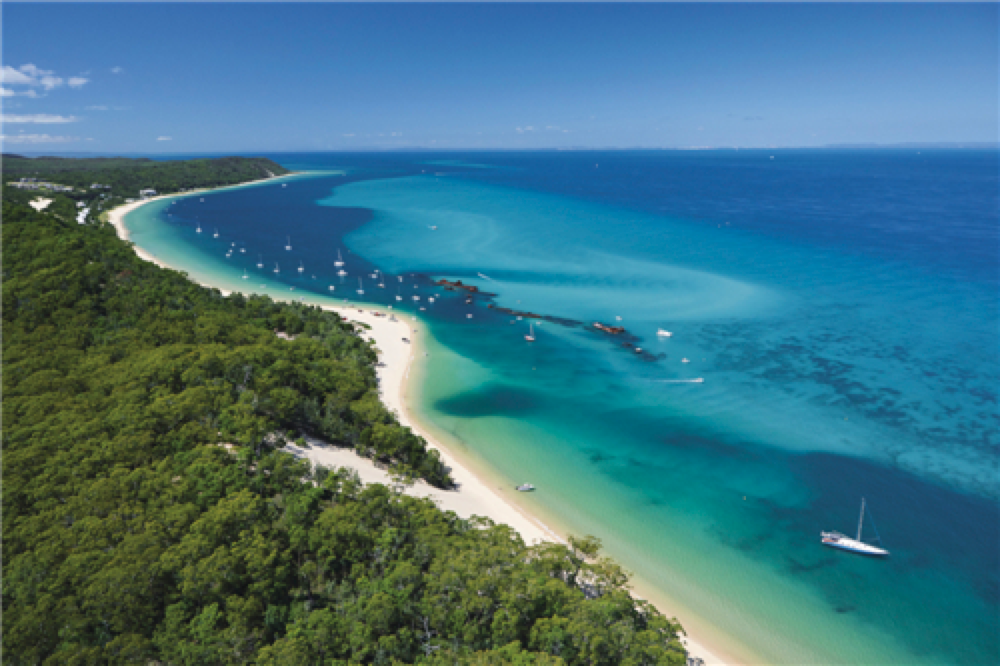During the Cold War, a small town on the Crimean Peninsula became the plaything of a world power – from here the Soviet Union would have launched nuclear attacks. But where nuclear submarines once cruised is now home to one of the most unusual museums in the world.

On the Crimean Peninsula, which belongs to Ukraine and was annexed by Russia in 2014, lies the small town of Balaklava, not far from the port city of Sevastopol. Few visitors would have guessed that a piece of world history took place here, or more precisely under their feet – and that the end of the world could easily have been heralded from here.
It is 1957, the Cold War was raging between the USA and the Soviet Union. Russian commander Josef Stalin ordered that a suitable place should be found to station the country's fleet of nuclear submarines. Because of its convenient location, Balaklawa was chosen after years of searching. The city lies in a narrow bay, shielded from the open sea and thus hidden from all too curious eyes.
The city was immediately cordoned off and classified as a high-security area, and work on the submarine harbour began under the code name "Object 825". For a total of four years, man and machine worked their way through the rock, mostly at night, to attract as little attention as possible. 120 tonnes of rock have been removed and a gigantic base more than 600 metres long has been excavated under the Tavros Mountain.

The result is an underground harbour for the Soviet nuclear submarine fleet, with a total of 14 ships stationed here. The complex is built so massively that it should be able to withstand even a nuclear attack with a force of up to 100 kilotons, which would be five times the destructive force of the Hiroshima bomb.
Balaklava thus became one of the many forbidden zones in the Soviet Union that serve warfare or its preparation. The place was only inhabited by employees of the project, and their own families needed official permission to visit them.
During the Cold War, the nuclear submarines carried out missions with the Black Sea Fleet stationed in nearby Sevastopol. Above all, however, they served as a trump card in the event of a nuclear confrontation – an effective intimidation of the great enemy USA, which for its part had positioned nuclear missiles in Turkey. Up to 1500 soldiers and the inhabitants of Balaklava would have found shelter here in the case of an attack.

Fortunately, this ultimate showdown never happened and the submarine harbour in Balaklava was still in operation until 1993, when the nuclear missiles and warheads stored here were removed. The barrier around Balaklava was lifted, and over the years "normal" life returned here. The complex, once top-secret and so well-secured, now lay fallow, almost unguarded and forgotten.
In 2000, Russia donated its former pride to the Ukrainian Navy, and the country's Ministry of Defence finally opened a maritime museum here in 2002. Today, you can visit part of the complex including offices and staff lounges and also a former storage room for nuclear weapons. You can also take rowing boats on the waters where the mighty Soviet destroyers once floated.





